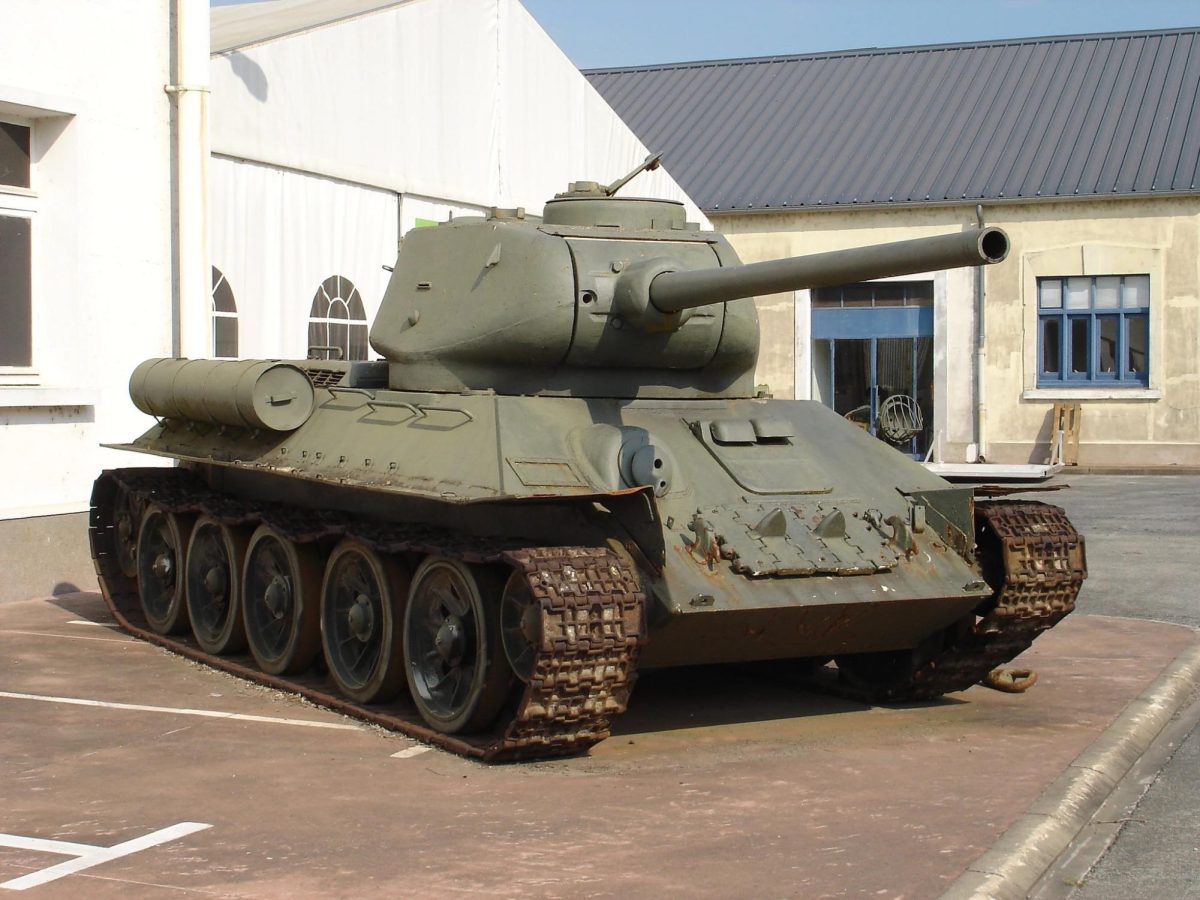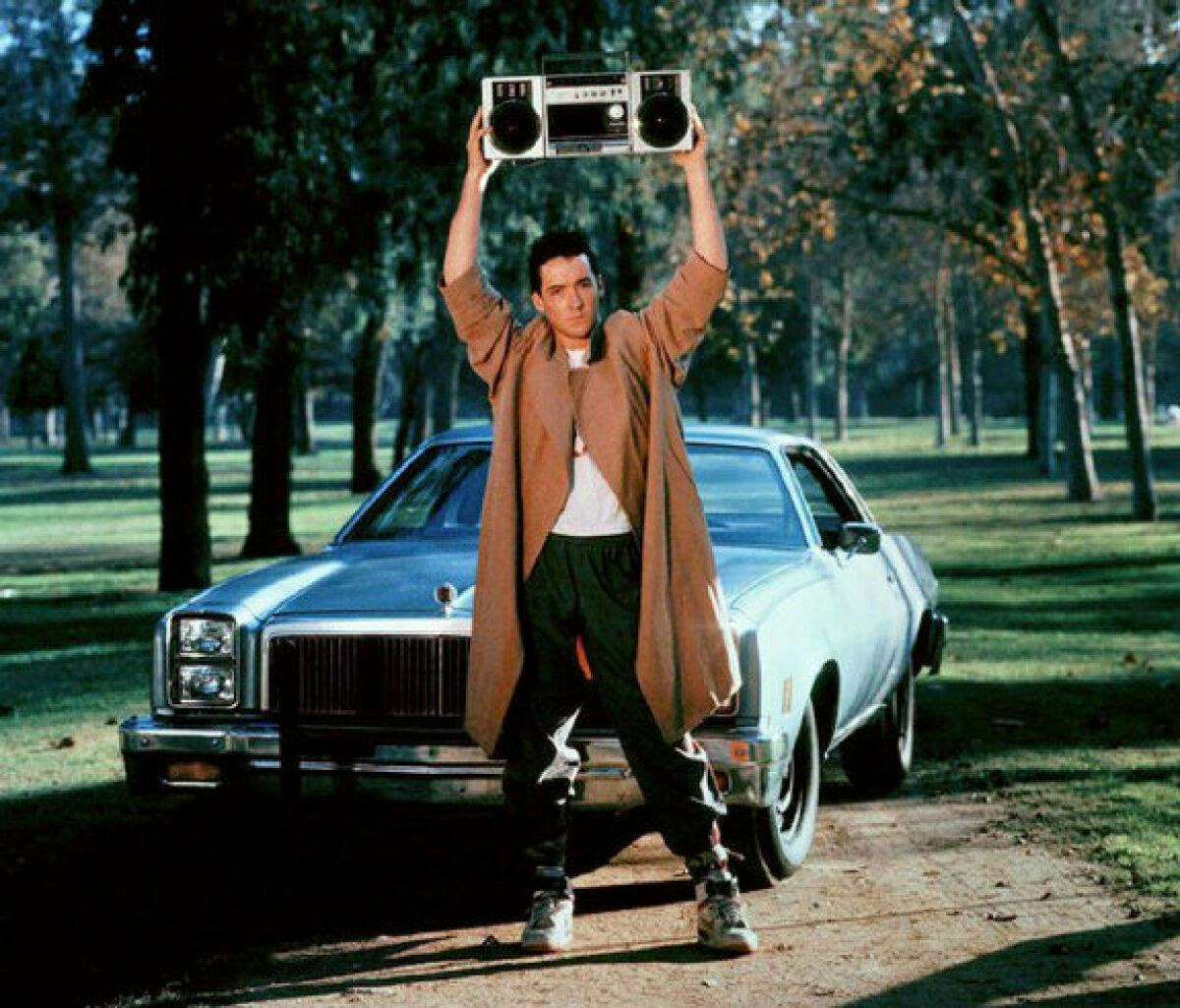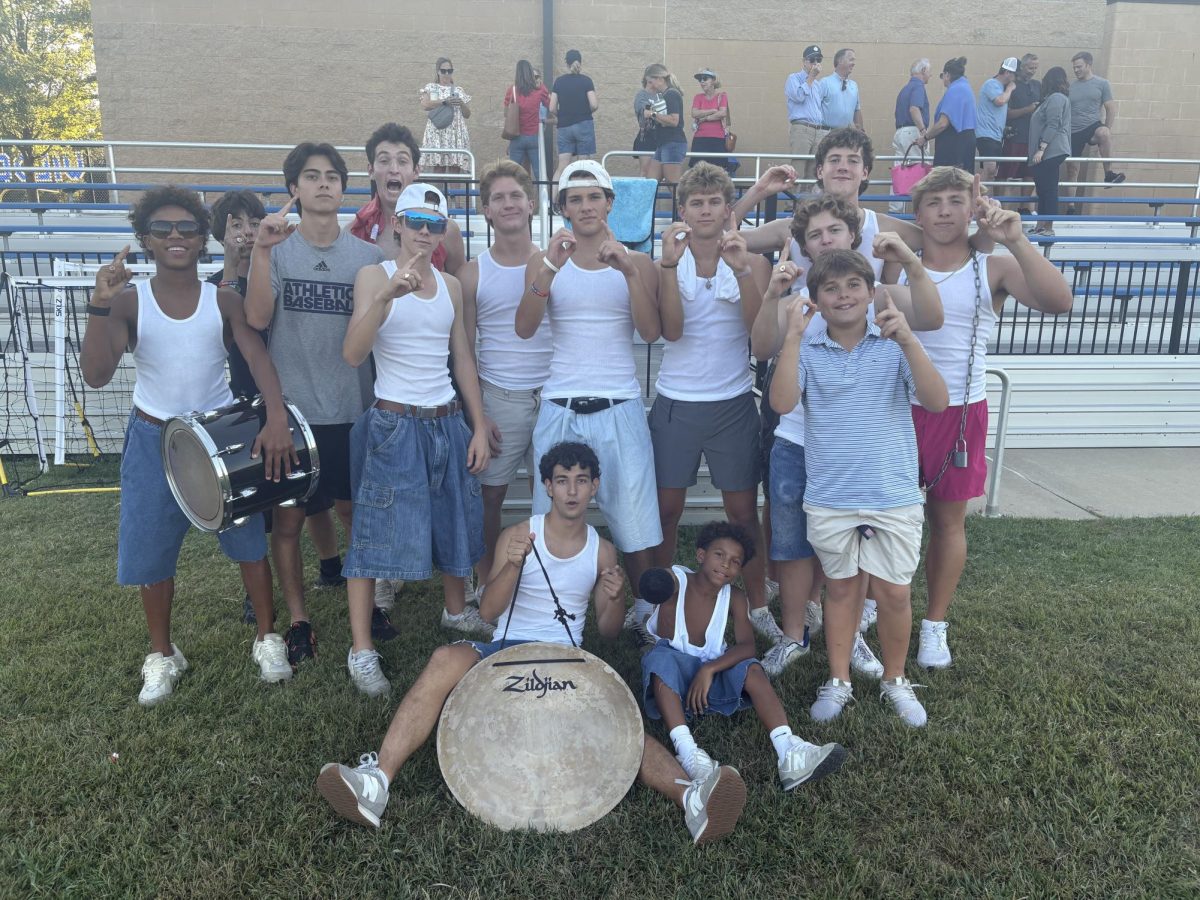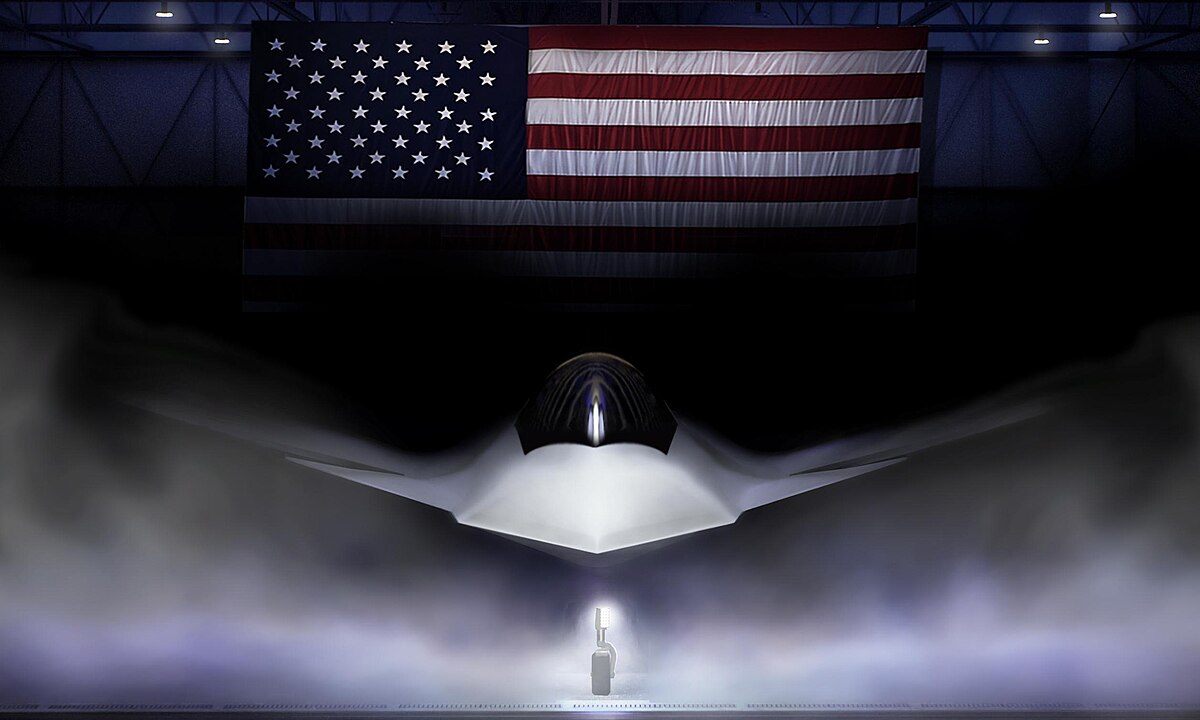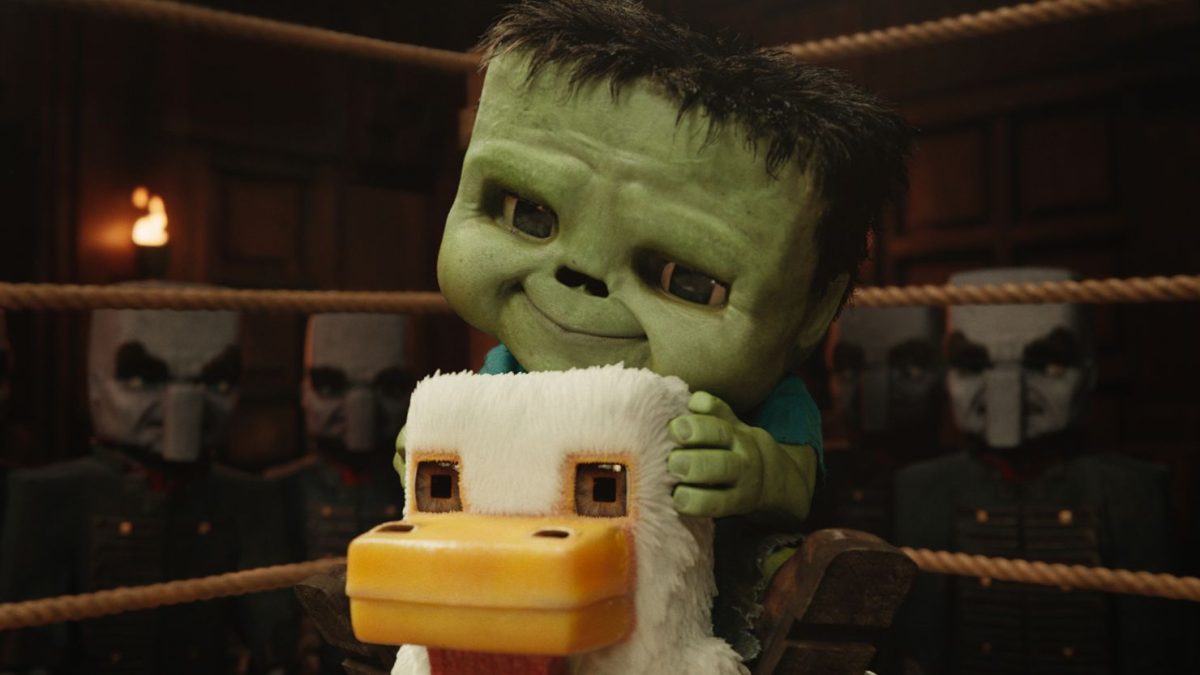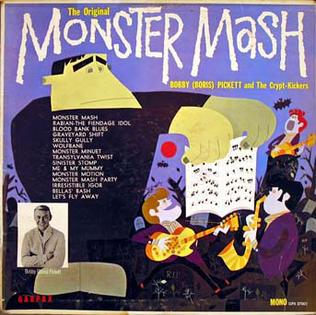The Second World War represents the most influential period in military development in known history. As my previous article about the Messerschmitt 262 “Schwalbe” mentioned, the turbojet is likely the largest innovation created during the war. Also representing a large chunk of advancement: deep refinement and optimization of pre-war technology. I would put forth that the Soviet T-34 tank represents the epitome of brute-force optimization on basic principles, to the point of success. In this way, it is much the opposite of the Me262: a poor concept with excellent execution, as opposed to the Schwalbe’s novel concept with abysmal execution.
The T-34 was the replacement for the earlier, outdated soviet tanks, such as the T-26 and BT, which were very different in the way the Red Army used them. The only innovative thing about the T-34 was its suspension system; the so-called “Christie suspension,” designed by an American engineer, allowed the tank to travel in excess of 30 miles per hour, while still possessing a formidable combat capability.
The T-34 was not the makeshift result of poor planning in desperation on the part of the USSR. As referenced in the name, its design roots go back to 1934, with only minor improvements to the design later on, with one major exception of an upgrade. Of course, the streamlining of the factories is just as important as the design of the tank. Compared to other tanks of the time, it was extraordinarily simple to produce, costing the modern equivalent of only $250,000 to produce on average (a number that would only decrease as the war went on, in some cases reaching as low as 150 bands). For comparison, the inferior German equivalent tank, the Panzer III, cost nearly $350,000. This fact alone would likely be enough to expect the Soviets to come on top of the German war machine. But it gets better for the USSR: the T-34 got a huge upgrade, or a “buff” if you will. Around 1943, new T-34s came off the assembly line not with a 76 millimeter gun, but instead with a much more powerful 85mm gun to counter the more well-armored Tiger tank, meaning the Germans now had essentially no defense against the most numerous Soviet tanks on the battlefield.
Notice how the front of the tank has angled, or “sloped” armor? This is far more than an aesthetic choice. Imagine firing a bullet at a brick standing upwards against a wall. In many cases, the bullet will zip straight through the several inches of hardened clay. However, if you place the brick at a 45-degree angle, you have now effectively added 40% more brick for the bullet to pass through with the same amount of material, because of how Pythagoras’ theorem works. Shoutout to Emerson Excellence in Education Award-winning teacher Mrs. Neal, whose efforts have so far culminated in my teaching about tank armor.
If the T-34 was such a great tool for the Red Army, then how was the German invasion of Russia in 1942 able to happen initially unimpeded in Operation Barbarossa? The answer does not come down to any military factors. Do any of you World History students recall the Molotov-Ribbentrop Pact? For those who don’t, it was a non-aggression agreement between the USSR and the German Reich in 1939, meaning that the nations were diplomatically disallowed from declaring war on each other until nearly 1950. In 1941, only two years after the signing of the pact, the Germans launched their surprise invasion on the newly-created Eastern Front. Therefore it was not a material failure, but rather Stalin’s fault, or at least his generals, for not allocating any forces to defend against the notoriously self-centered Germany.
The tank would spawn a number of descendants which could ultimately trace their roots all the way back to the top in 1934 with the iconic T-34 Medium Tank. Immediately following the T-34 in series would be the T-44, also named exquisitely creatively as the year it was designed. There would be a relatively meager number of these created, with the figure sitting under 2,000 tanks, not nearly enough for a medium tank to sway the tide of war, and even then it was not fielded in a single battle.
The only notable feature of the T-44 would be its experimental usage of an even more massive 100mm gun, nearly 4 entire inches across. However, Russian engineers and tankers were rather unimpressed with the 85mm armament, and attempted to use a 100mm cannon without useful results. Due to improvements in tank armor, the main armament 85mm shells were no longer acceptable in the eyes of the Kremlin, and the entire chassis would be scrapped in favor of a larger design, which would become the T-54.
The T-54 was designed in, you guessed it, 1945. For some reason, the designers wanted to continue the trend of 4s at the end of the name. The T-44s smaller size prevented the comfortable inclusion of a 100mm cannon, but the T-54 does allow for the effective use of the larger gun. The T-54 and its main variant T-54 are the most produced tanks in the world to date, with approximately 100,000 manufactured.
